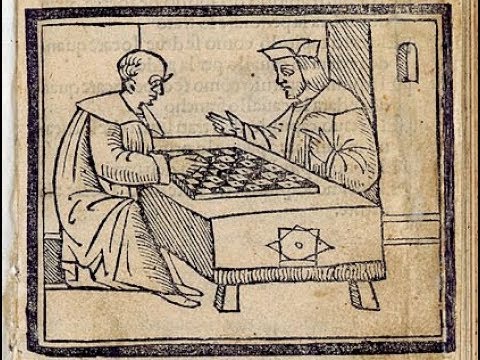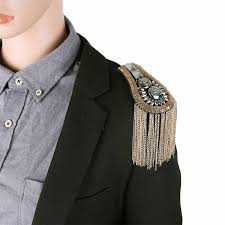This is a 2nd part of the post devoted to Checkmate Patterns Every Chess Player Should Know.
The 1st part of the post is available here.
Mate nr. 9
A piece on f6 can be no less dangerous. A checkmate pattern featuring the bishop on the long diagonal (usually on f6) is the one the authors of the book call mate nr. 9:
The advantage of the bishop over pawn is that it also controls the square g5:
Readers of this blog might recall the game Euwe – Loman, Rotterdam, 1923, where this checkmate pattern appeared. 1 Just in case, we provided another beautiful example:
Pillsbury’s mate
Harry Nelson Pillsbury was one of the strongest players from the end of the 19th century (the winner of Hastings tournament 1895). He discovered the following checkmate pattern:

The game in which this pattern could have appeared for the first time is Pillsbury – Lee, London, 1899:
Damiano’s mate
Pedro Damiano was a strong Portuguese player who lived from 1480 to 1544. He discovered another checkmate pattern which proves the strength of the pawn on the 6th rank – this time on g6:

Apart from the pawn, a bishop on g6 can also turn out to be extremely powerful:
You may recall this checkmate appeared in the game between Botvinnik and Keres in Soviet Team Championship 1966. But the version with the bishop is more common in practical play:
The Arabian mate
The oldest pattern on the record and another one that fascinates players due to the limited material required to execute it is the „Arabian“ mate:
The following practical (and modern) example is very beautiful:
„Gueridon“ mate
Next, we will consider two checkmates with French names. The first one is the so-called Gueridon mate:
Gueridon’s mate is very common in numerous king’s pawn opening variations where things go badly for Black. For example, if Black make san early mistake in Philidor Defense, this might happen:
„Epaulette“ mate
Gueridon’s mate close cousin is Epaulette mate. Epaulette in French means „shoulder pad“. It will be soon clear why:

I don’t think this checkmate is THAT common in practice. But sometimes it can appear:
Bishop and Knight mate
It is well-known that the bishop and the knight can checkmate a lone king in the endgame. However, they also have considerable power in the middle game. Bishop and knight mate is another commonly encountered in practice, especially via the following mechanism:
There are many positions where Black has pawns on f7, g6 and h7, andWhite uses the threat of this checkmate to exploit the weak dark squares with the move Ng4. The following variation of the Ruy Lopez is a good example:
Once again – this is the second part of this article. The second part, titled 7 Checkmate Patterns Every Chess Player Should Know, is available here.

